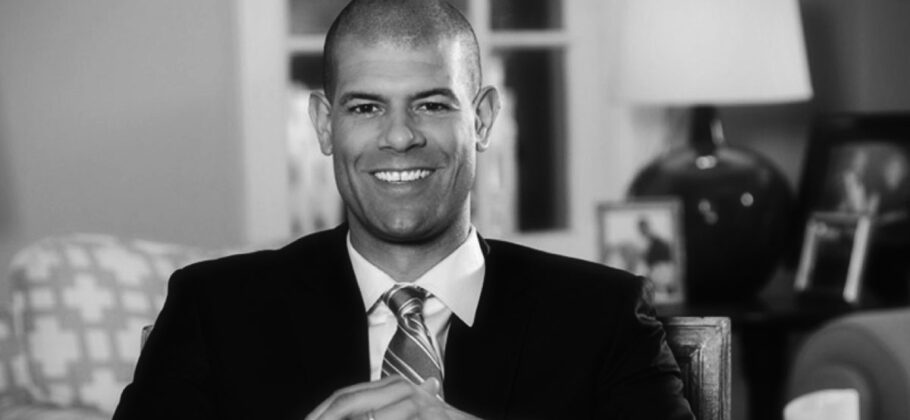Some employees don’t stand out because of flash or title, but because of how they quietly make everyone else better. Behavioral scientist Jon Levy calls them “glue players,” and in both business and sports, they are the ones who hold teams together. While star performers may draw attention, the glue employees are the true connectors – those who multiply results by creating trust, harmony, and cohesion.
What Is a Glue Employee?
A glue employee is the person who helps a team function smoothly and perform beyond the sum of its parts. They have high emotional intelligence, anticipate needs, and take initiative without being asked. They lead from behind, making sure everyone else succeeds. Their focus isn’t on recognition but on results. Levy explains, “They put the team above themselves and don’t fight for credit because their priority is progress, not attention.”
These employees are the ones who quietly notice when something—or someone—isn’t working well. They step in to help, smooth over friction, and ensure that no one is left out. The room simply works better when they’re in it.
Glue employees are the cultural stabilizers in an organization. They bridge departments that might otherwise clash, align teams toward common goals, and maintain morale during stressful times. They often take on “invisible work,” such as mentoring, organizing team events, or noticing when someone feels excluded.
For example, Levy describes how a glue player might draw out a shy new employee in private and then highlight that person’s ideas in a group setting. That small action transforms the team dynamic, helping the newcomer contribute and strengthening the organization as a whole.
Their interventions rarely show up in performance metrics, but they create ripple effects that make every project run better. When companies track only measurable outcomes—sales, campaigns, code—they often miss the glue that made those outcomes possible.
Identifying Glue Employees
Spotting glue employees isn’t always easy because their contributions are subtle. They often volunteer for committees, mentor peers, or coordinate tasks across departments. Their résumés might include community leadership or team-building roles that suggest a natural inclination to connect people.
During interviews, they tend to talk about team achievements rather than personal ones. Within an existing organization, you can simply ask: Who helps you succeed? Who keeps things running? Who ensures that quieter voices are heard? The same names will surface again and again.
Recognizing and rewarding these people matters. As Levy notes, “Until companies learn how to recognize these invisible contributions, glue players will remain hidden in plain sight.”
Learning from Sports: Shane Battier, the Ultimate Glue Guy
The world of sports offers a clear view of what glue looks like in action. Former Duke basketball star and two-time NBA champion Shane Battier is widely regarded as the archetypal “Glue Guy.” His value wasn’t in flashy stats but in elevating the performance of everyone around him.
During a playoff run, Battier once realized his team’s point guard didn’t understand a defensive strategy. Rather than letting the confusion fester, he asked the coach to review it again, knowing it would help the team even if it made him look unsure. “No one would ever give me credit for our point guard knowing that coverage,” Battier said, “but that might have been the difference in winning or losing the game.”
His coach, Jon Scheyer, described Battier as “the gold standard” for glue players—someone whose humility, defense, and leadership defined success more than statistics ever could.
The Traits That Make a Glue Person
Battier has studied what makes glue individuals special and identified several defining traits:
- Control what you can: They focus on attitude, effort, and preparation rather than titles or complaints.
- Nonverbal passion: They maintain strong eye contact, listen attentively, and show through body language that they care.
- Generative listening: They ask questions that unlock insight in others.
- Professional will: They work hard regardless of recognition.
- Humility: They deflect credit and put the mission above themselves.
- Emotional control: They don’t dwell on mistakes or victories but move on to the next play.
These are the qualities that make teams resilient and businesses thrive. “It doesn’t matter what school you went to or what your role is,” Battier said. “All you care about is the mission and success of your team.”
Why Leaders Must Protect Their Glue
Glue employees are often undervalued because their impact is hard to measure. Performance reviews tend to reward individual accomplishments, not team chemistry. That imbalance can discourage the very behaviors that make organizations thrive.
Levy suggests changing the system. Managers should ask during evaluations: Who helped you succeed? Who built the team’s trust? Who made collaboration easier? Recognizing these contributions through peer awards, bonuses, or public acknowledgment sends a clear message that teamwork matters.
When leaders celebrate glue employees, they strengthen the bonds that keep organizations running. As Battier put it, “Looking back at my career, while I had some amazing individual success, I’m much more proud of the team success that I was a part of and my role on that team.”
Every workplace – and every sports team – depends on glue. These are the people who hold everything together when tension rises, deadlines loom, or egos collide. They connect, calm, and quietly lead. If you’re lucky enough to have one on your team, take care of them. Without them, the whole structure can come apart.
FAM Editor: I think often times, the glue employees are the ones who understand conceptually what the business is doing, plus they have the desire to see the business to succeed. They are valuable people.





